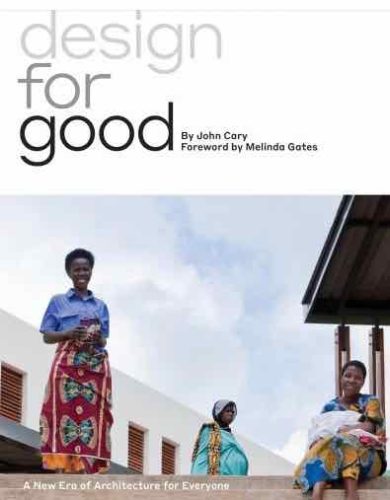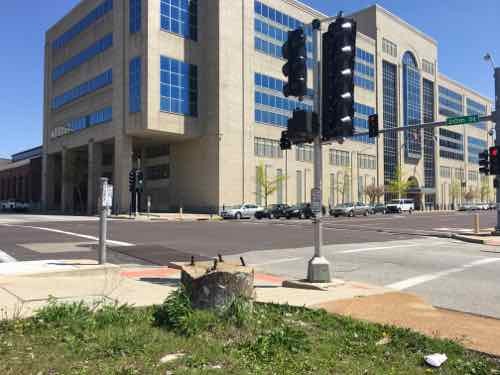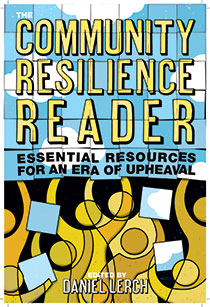Reading: Design for Good: A New Era of Architecture for Everyone by John Cory
|
|
 Most of my life I’ve believed design, both good & bad, plays a role in our quality of life. An inspiring book beautifully illustrates this idea that good design can make a positive difference.
Most of my life I’ve believed design, both good & bad, plays a role in our quality of life. An inspiring book beautifully illustrates this idea that good design can make a positive difference.
“That’s what we do really: we do miracles,” said Anne-Marie Nyiranshimiyimana, who learned masonry in helping to build the Butaro Hospital, a project designed for and with the people of Rwanda using local materials. This, and other projects designed with dignity, show the power of good design. Almost nothing influences the quality of our lives more than the design of our homes, our schools, our workplaces, and our public spaces. Yet, design is often taken for granted and people don’t realize that they deserve better, or that better is even possible.
In Design for Good, John Cary offers character-driven, real-world stories about projects around the globe that offer more—buildings that are designed and created with and for the people who will use them. The book reveals a new understanding of the ways that design shapes our lives and gives professionals and interested citizens the tools to seek out and demand designs that dignify.
For too long, design has been seen as a luxury, the province of the rich, not the poor. That can no longer be acceptable to those of us in the design fields, nor to those affected by design that doesn’t consider human aspects.
From the Mulan Primary School in Guangdong, China to Kalamazoo College’s Arcus Center for Social Justice Leadership, the examples in the book show what is possible when design is a collaborative, dignified, empathic process. Building on a powerful foreword by philanthropist Melinda Gates, Cary draws from his own experience as well as dozens of interviews to show not only that everyone deserves good design, but how it can be achieved. This isn’t just another book for and about designers. It’s a book about the lives we lead, inextricably shaped by the spaces and places we inhabit. (Island Press)
The contents shows how the book is organized:
Foreword by Melinda Gates
Introduction: The Dignifying Power of Design
Chapter 1: If It Can Happen Here
Chapter 2: Buildings that Heal
Chapter 3: Shelter for the Soul
Chapter 4: For the Love of Learning
Chapter 5: Places for Public Life
Chapter 6: Raising Expectations
Conclusion: A Call to Expect More
At the moment the digital & paperback versions are on sale for only $7.50, the hardback is only $15 — directly from the publisher, Island Press.
— Steve Patterson


 Communities must remain resilient to weather change, a recent book explores this issue:
Communities must remain resilient to weather change, a recent book explores this issue: